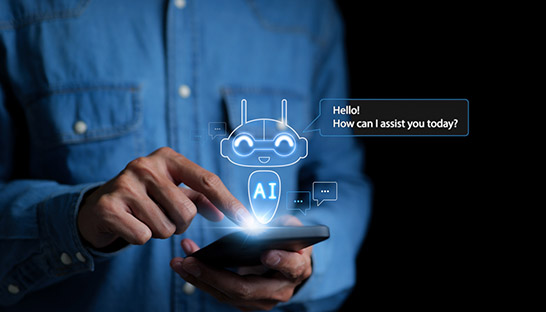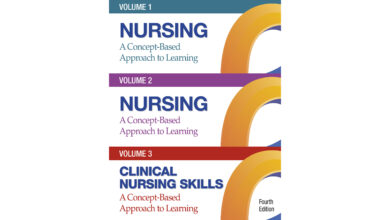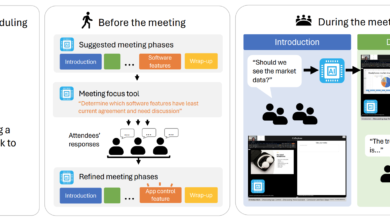Two-thirds of people in the UK still have not used Generative AI

Just one-third of UK residents have experimented with some form of generative AI, according to a new paper from Deloitte. However, the findings from a survey of 4,150 UK adults aged between 16 and 75, also show that beyond brief dalliances with the technology, the vast majority of people in Britain do not find it useful in their daily lives.
With the launch of OpenAI’s ChatGPT tools for public use in late 2022, the last 18 months have seen a mounting wave of hype build around the apparent potential of generative AI. Talent-challenged tech-enthusiasts have routinely insisted the technology will ‘democratise’ creative skills including image design, writing and code-generation – by which they mean they can have a machine rapidly tweak other people’s work just enough to avoid having to pay for it – and such was the conviction in this belief that Hollywood even triggered a year-long strike to try and force writers and actors into accepting the introduction of AI into the industry.
But beyond a brief window of time in which people were vaguely impressed by digitally generated images of smiling children and cute animals that could have passed for photoshopped pictures (but for the many-pupiled eyes and warped fingers they featured), most people have not taken the technology into their lives in the way excited investors assumed they would. Indeed, the increasingly popular term “Boomer Art” – used to describe obviously AI-generated images which elderly internet users are most often duped into assuming are real – suggests that most internet-users don’t think very highly of what GenAI has produced so far.
Reflecting this, a new study from Deloitte has revealed that the majority of UK residents still have not made any effort to engage with GenAI. Dressing up the key finding that 74% of respondents said they had not used GenAI as “over a third of people in the UK have now used Generative AI”, a release from the firm added that by the consultancy’s calculation, this would be “equivalent to 18 million people”.
Of those, the researchers also estimated that this included a 66% rise in the number of people who had used GenAI for work over the last year – bringing the figure to a potential seven million people. According to the latest figures from UK Parliament’s statistics page, however, there 33 million people over the age of 16 currently in work in Britain. This means that just over 21% of the working population – a smaller portion than the general population – have used GenAI in any capacity in their work.
With investors and developers scrambling to prove the profitability of their technology, proving their business case to maintain the capital being sunk into AI tools will likely require significantly more engagement than that. At the same time, some members of the industry might also be worried that it is not becoming a mainstream feature of very many people’s internet usage.
Deloitte’s survey also demonstrates that the frequency of use of GenAI is highly variable. Amongst the 36% of respondents who said they had used the technology, only 10% used the technology daily, while 26% used it weekly. That means that most GenAI users either engage with it very occasionally, or used it once or twice before abandoning it. Of the low-frequency users, 41% said they turned to technology such as ChatGPT less than monthly – and among this cohort, almost a quarter said they did not find the technology helpful, while 19% were not satisfied with its answers to prompts or questions. A further 18% claimed they did not know how to use it well.
At the same time, it seems as though despite the regular release of reports that claim firms are falling over themselves to avail themselves of the advantages of AI, very few employers seem to be pushing for their staff to make use of GenAI. While 74% of people who did use GenAI for work claimed it boosted their productivity; only 27% said that their employer actively encourages the use of GenAI.
This may be because amid the many reports celebrating the endless potential of AI, companies have struggled to zero in on actual use-cases. According to Paul Lee, partner and head of technology, media and telecommunications research at Deloitte, in 2024 this needs to change – and companies “ought to be asking what they should do with GenAI, rather than focusing purely on everything it could do.”
Lee continued, “The C-suite is increasingly looking for proof of return on investment in technologies before funding large scale deployment across their workforce. However, there are barriers to this, as quantifying employee productivity can be difficult, particularly in knowledge-based roles.”
Another factor which firms touting AI capabilities are still struggling to address is trust. Among those aware of GenAI, for example, 59% would be less inclined to trust an email if they knew it was created with GenAI. Similarly, 56% would be less inclined to use a customer service if they knew they were conversing with a GenAI assistant. This backs up previous research from KPMG, which suggests British consumers are wary of the technology, due to the possibilities that it may be drawing conclusions from flawed data before presenting them as impartial facts – or that it can be used to generate false information entirely.
Lee added, “While the most popular uses tend to be generating ideas and looking up information, these may not be optimal applications of GenAI, given known issues such as hallucination. Employers need to step up and invest in tools and governance to better support their staff in using this technology. Additionally, usage has to thrive among all types of employees, not just certain demographics, if the tools are to be most effective.”



